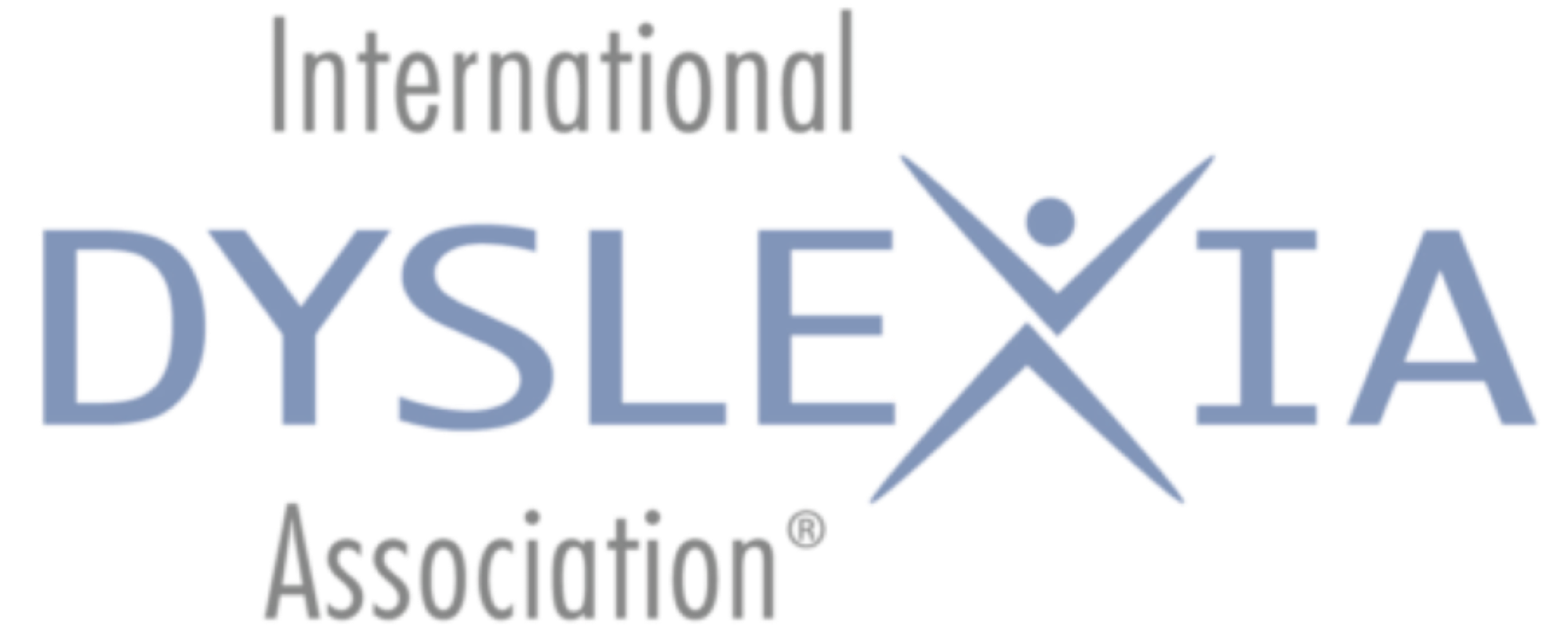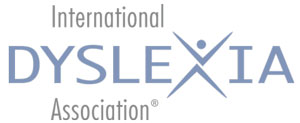March 2014
By Fumiko Hoeft, MD Ph.D., UCSF
A study published recently may shed light on the long-held debate of whether “representation” of phonemes (i.e., individual sound-segments such as the /g/ in <girl>) and/or “access” to this representation is impaired in people with dyslexia (Boets et all., 2013). Studies such as these help inform development of neuro-scientific evidence-based and targeted inventions.
In this study, using neuroimaging technology, researchers investigated 23 adults severely affected by dyslexia and 22 adults without dyslexia. They found that the connection between left hemisphere regions that are important for processing speech sounds and speech output was impaired in people with dyslexia. They also applied machine-learning algorithms often used to optimize online search engines and to decode handwritten characters. Using these algorithms, they observed brain activation patterns in response to different types of speech sounds in adults with and without dyslexia. The researchers did not find differences in brain activation patterns in the accuracy of the algorithm between adults with and without dyslexia. This was in striking contrast to the connection impairment found in these adults with dyslexia. Based on these results, they concluded that it could be the access to phonemes that is impaired in dyslexia (based on connection impairment) and not the phoneme representation itself (based on no differences in brain activation).
The finding that the left hemisphere phonological pathway is impaired in dyslexia is not news. There have been a number of reports suggesting that the connection between these two regions, unique to humans, is important for word learning and is disrupted in poor readers (e.g., Lopez-Barroso et all., 2013; Simos, Rezaie, Fletcher, & Papanicolaou, 2013; Yeatman, Dougherty, Ben-Shachar, & Wandell, 2012). Interestingly, in children with dyslexia, the right hemisphere equivalent of this connection has been shown to predict reading outcome, consistent with the idea that the right hemisphere is used to compensate for faulty left hemisphere reading networks (Hoeft et all., 2011).
What makes the current study particularly innovative is the attempt to resolve conflicting theories about the root causes of the disorder, phoneme representation versus access, by combining different neuroimaging modalities and applying a number of the latest analytical approaches. Boets and colleagues used functional MRI (fMRI) to assess brain activation patterns during phoneme processing and combined it with diffusion tensor imaging (DTI) to assess white matter structures required to access this representation. Research combining different neuroimaging modalities and analytical techniques in this way is becoming increasingly popular for examining more complex problems, as in the current study. Despite employing highly sensitive methods, researchers found no indication that the neural representation of phonemes was abnormal in people with dyslexia.
Their finding provides the most convincing evidence to date on the debate. There are several caveats, however, that are pointed out by the authors themselves in the published report. First, it is always tricky to prove that no significant difference between groups equates to evidence that the two groups are the same. There are many reasons why researchers may not find significant results (i.e., the lack of evidence for impairment in phoneme representations in the current study). For example, too few data-points (participants), variability among measures used, and use of probes or neuroimaging measures that are not appropriate for the question at hand can all lead to null findings. Indeed, there are many studies that have found impairment in phoneme representation in dyslexia (e.g., Perrachione, Del Tufo, & Gabrieli, 2011). Further, a recent study using an electrocorticogram (ECoG), a neural recording device placed directly on the surfaces of brains as part of epilepsy surgery, showed that the brain does not respond to each phoneme but is instead highly sensitive to detecting simpler elements, known as phonetic features (Mesgarani, Cheung, Johnson, & Chang, 2014). Mesganari and colleagues found that the brain has a systematic organization for these basic sound feature units, akin to elements in the periodic table. It may be that these phonetic feature representations are impaired in those with dyslexia. Finally, studies of children, including very young children prior to a diagnosis of dyslexia, will be interesting to investigate.
Hence, while the current study provides some solid evidence, the jury is still out. One approach that will provide further evidence is a multilevel approach using the measures used here in addition to genetic (e.g. Poelmans, Buitelaar, Pauls, & Franke, 2011), neurochemical (e.g., Pugh et al., 2014), and oscillatory (e.g., Lehongre, Ramus, Villiermet, Schwartz, & Giraud, 2011) measures across the life-span and in cross-linguistic contexts. Regardless, the study by Boets et al. (2014) is a large step towards furthering our understanding of the root causes of dyslexia.
REFERENCES
Boets, B., Op de Beeck, H. P., Vandermosten, M., Scott, S. K., Gillebert, C. R., Mantini, D., … Ghesquière, P. (2013). Intact but less accessible phonetic representations in adults with dyslexia. Science (New York, N.Y.), 342(6163), 1251–1254. doi:10.1126/science.1244333
Hoeft, F., McCandliss, B. D., Black, J. M., Gantman, A., Zakerani, N., Hulme, C., … Gabrieli, J. D. E. (2011). Neural systems predicting long-term outcome in dyslexia. Proceedings of the National Academy of Sciences of the United States of America, 108(1), 361–366. doi:10.1073/pnas.1008950108
Lehongre, K., Ramus, F., Villiermet, N., Schwartz, D., & Giraud, A.-L. (2011). Altered low-γ sampling in auditory cortex accounts for the three main facets of dyslexia. Neuron, 72(6), 1080–1090. doi:10.1016/j.neuron.2011.11.002
López-Barroso, D., Catani, M., Ripollés, P., Dell’Acqua, F., Rodríguez-Fornells, A., & de Diego-Balaguer, R. (2013). Word learning is mediated by the left arcuate fasciculus. Proceedings of the National Academy of Sciences of the United States of America, 110(32), 13168–13173. doi:10.1073/pnas.1301696110
Mesgarani, N., Cheung, C., Johnson, K., & Chang, E. F. (2014). Phonetic feature encoding in human superior temporal gyrus. Science (New York, N.Y.), 343(6174), 1006–1010. doi:10.1126/science.1245994
Perrachione, T. K., Del Tufo, S. N., & Gabrieli, J. D. E. (2011). Human voice recognition depends on language ability.Science (New York, N.Y.), 333(6042), 595. doi:10.1126/science.1207327
Poelmans, G., Buitelaar, J. K., Pauls, D. L., & Franke, B. (2011). A theoretical molecular network for dyslexia: integrating available genetic findings. Molecular Psychiatry, 16(4), 365–382. doi:10.1038/mp.2010.105
Pugh, K. R., Frost, S. J., Rothman, D. L., Hoeft, F., Del Tufo, S. N., Mason, G. F., … Fulbright, R. K. (2014). Glutamate and choline levels predict individual differences in reading ability in emergent readers. The Journal of Neuroscience: The Official Journal of the Society for Neuroscience, 34(11), 4082–4089. doi:10.1523/JNEUROSCI.3907-13.2014
Simos, P. G., Rezaie, R., Fletcher, J. M., & Papanicolaou, A. C. (2013). Time-constrained functional connectivity analysis of cortical networks underlying phonological decoding in typically developing school-aged children: a magnetoencephalography study. Brain and Language, 125(2), 156–164. doi:10.1016/j.bandl.2012.07.003
Yeatman, J. D., Dougherty, R. F., Ben-Shachar, M., & Wandell, B. A. (2012). Development of white matter and reading skills. Proceedings of the National Academy of Sciences of the United States of America, 109(44), E3045–E3053. doi:10.1073/pnas.1206792109
Fumiko Hoeft, MD, PhD is Associate Professor of Child & Adolescent Psychiatry and Director for the Laboratory of Educational Neuroscience (LENS). Her lab is interested in learning how cognitive science can inform educational and clinical practices, with specific interests in understanding the neurobiological cause of dyslexia, early identification and prediction, and emotional resilience necessary to succeed.
Copyright © 2014 International Dyslexia Association (IDA). We encourage sharing of Examiner articles. If portions are cited, please make appropriate reference. Articles may not be reprinted for the purpose of resale. Permission to republish this article is available from info@interdys.org.

